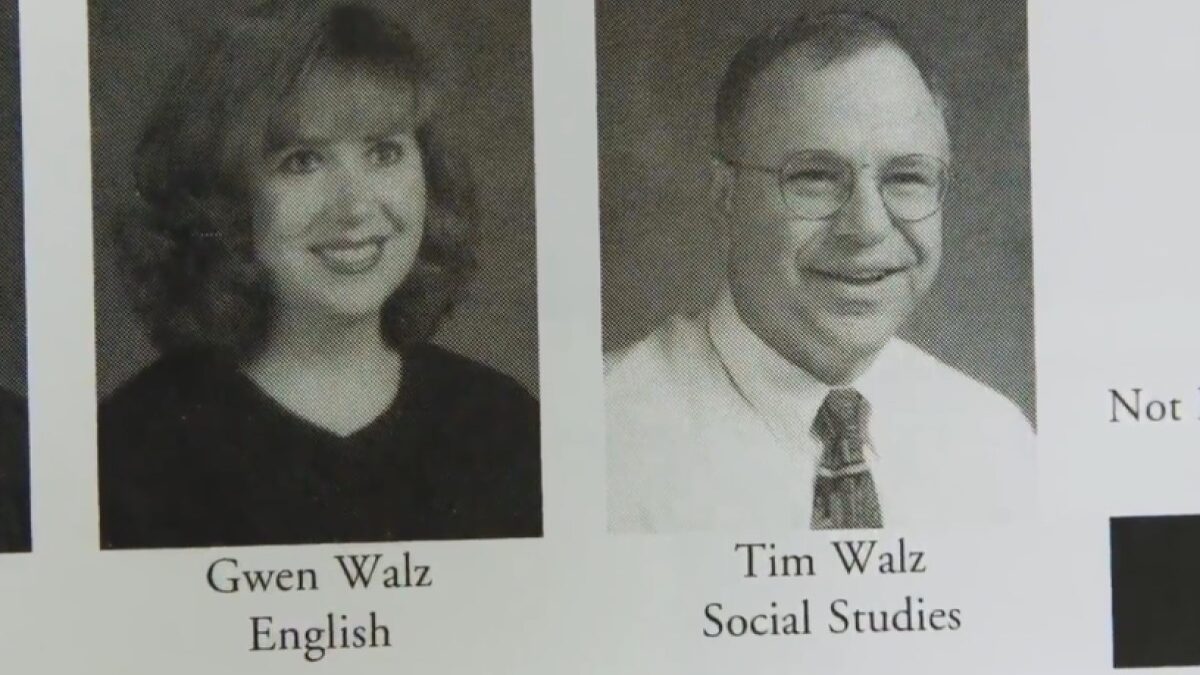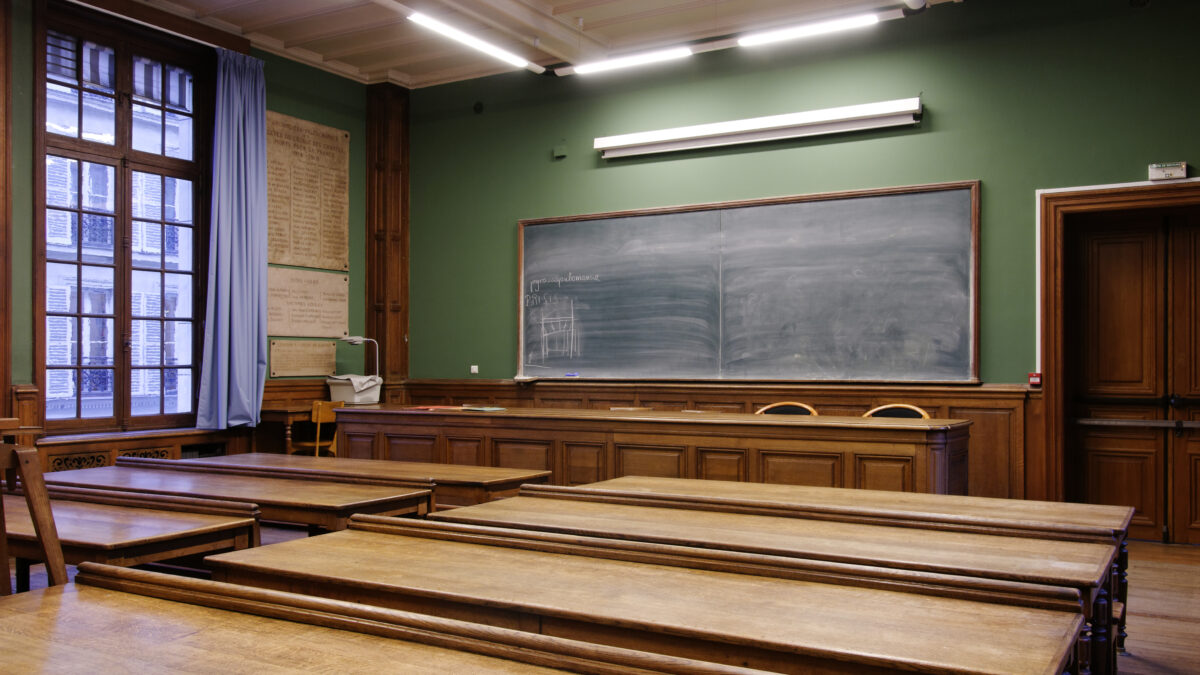
According to a recent report from The Federalist, the leadership of Naperville, Ill. school district 203, located in a wealthy suburb outside Chicago, has implemented critical race theory (CRT) training for its teachers. Led by Dena Simmons, founder of the activist group LiberatED, the trainers informed teachers that their students’ “education is based on whiteness” and that they struggle under the burden of institutional racism.
Understandably, teachers took offense to this and complained. Despite all its buzzwords like “equity,” “justice,” and “inclusivity,” CRT is simply reverse racism, blaming white people and Western culture for academic disparities among racial minorities. It is a popular leftist narrative that targets whites and conservatives to win support among nonwhites and leftists, not actual scholarship based on real evidence.
This much has already been mentioned by those who argue against CRT. While it’s important to reiterate these points, it’s also important to consider why school districts and other organizations implement these ideas in the first place.
Indeed, some are true believers in CRT, seeing in it a perfect explanation that accounts for all the disparities happening in today’s America. They will cite the prison statistics, compare every institution to Jim Crow, and aggressively pursue alleged white supremacists. As Nathanael Blake argues, CRT can easily morph into a religion: “For some people, racism and whiteness have become free-floating substitutes for older ideas such as the Christian doctrine of original sin.”
Fortunately, these committed leftist zealots pushing the gospel of CRT appear to be mostly in the minority—at least for now. In most cases, particularly in large organizations needing an image boost, proponents of CRT likely sense a golden opportunity by pretending to believe in it.
That’s because critical race theory is a gimmick: it offers a quick and easy solution to deep and complex problems. In education, CRT offers an easy explanation for the poor performance of students from certain racial groups.
It’s not broken homes, poverty, crime, poor individual decisions, or generally mediocre instruction that cause these students to fail; it’s white supremacy subtly manifesting itself in countless ways. If only these students lived in a world scrubbed clean of all microaggressions and objective accountability, they would perform just as well or better than anyone else.
This thinking is no different from any other educational gimmick that has promised to do the same thing. Students were bored, so superintendents decided to issue iPads to every student and try to go paperless. Students were out of control and continually in trouble, so they used restorative justice discipline that replaced punishment with therapy.
Standardized testing showed that students were dangerously below grade level in reading and math, so school leaders and teacher organizations push for replacing the tests with student portfolios or eliminating standardized tests altogether. Students of certain races earned higher grades than students of other races, so school boards adopted standards-based grading that offers an easy way to pass failing students and inflate grades overall. Students complained that their classes were too difficult and tedious, so state education agencies adopted Common Core curriculum that emphasized skills over content.
As is their nature, these gimmicks have come and gone in the past decade, occasionally reappearing with different names, and all of them have cost school districts millions of dollars. Far from improving schools, these gimmicks have generally done the opposite: students are more depressed, less educated, and hopelessly addicted to their devices. With CRT training, evidence suggests that teachers and students will now be more racist as well.
What sets the CRT gimmick apart from other gimmicks is that it’s blatantly political—which, in today’s world, makes it personal. If teachers reject it on the grounds that it’s untrue or unhelpful, they are now deemed racist and effectively silenced, raising the already totalitarian nature of public school districts to a new level.
Does this mean that CRT will prevail since it’s safe from criticism? Probably not, because it’s a gimmick, and all gimmicks eventually dissolve when reality reasserts itself.
At the beginning of the school year, school leaders and their teachers will boast of implementing CRT policies, just as they boast about preparing “21st century learners” and making instruction more student-centered. At the end of the year, these same people will quietly wait for summer break and ignore the perpetually low test scores and demoralized student bodies. A new gimmick will eventually come down the pipeline, and the process will repeat once more.
To their credit, the promoters of CRT training at schools are right about one thing: the problem plaguing schools is systemic. The distorted incentive structures that guide public school educators at all levels has led to so many low-performing schools afflicted with every social ill imaginable.
Instead of considering ways to maximize achievement and boost performance, educators working in these places continue to search for ways to do as little as possible while still claiming credit as educators. It is only natural that they become addicted to gimmicks.
The only way to break this addiction is by introducing competition, which can only happen through school choice. If public school educators avoid hard work, refuse to cultivate and recognize talent, and demand nothing from themselves or their students, then parents should have other options. They should have the freedom to pick a school that produces excellence and not be stuck with schools that produce excuses.
Perhaps some might call school choice yet another gimmick, but this is completely false. There is nothing quick or easy about it, and it’s completely free—indeed, its very essence is freedom. It doesn’t require any consultants or flashy new products. It simply requires a whole new a way of looking at education and willingness to break up one of the most entrenched monopolies in the country.
Until parents have a choice, they can expect to see more sanctimonious superintendents lecturing parents and employees about institutional racism and more teachers unions refusing to work. These people have nothing to lose, and it has been this way for decades. For the sake of their children as well as those teachers (like myself) who want to do good work, it’s time for Americans to flip this dynamic and stop the gimmicks once and for all.









